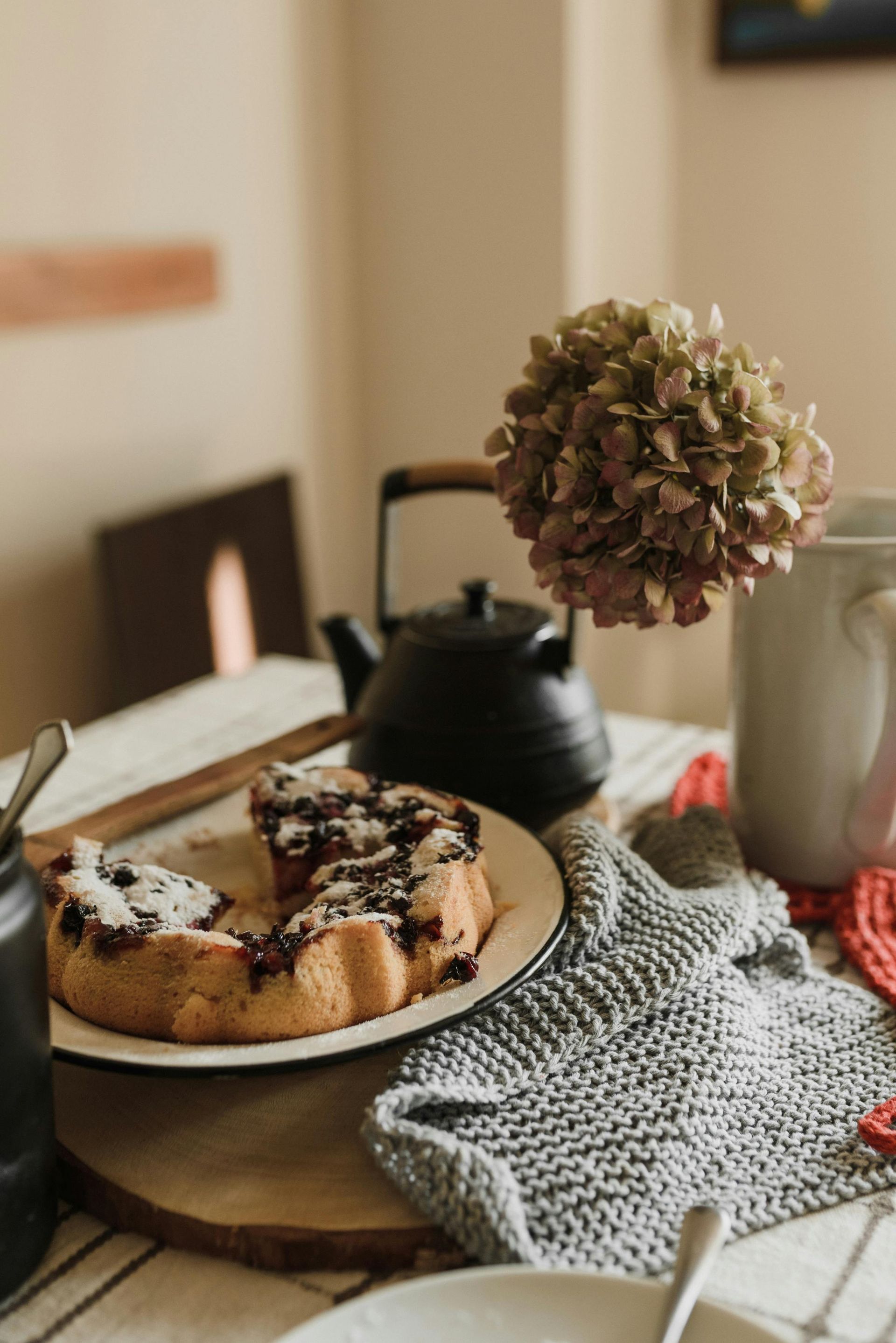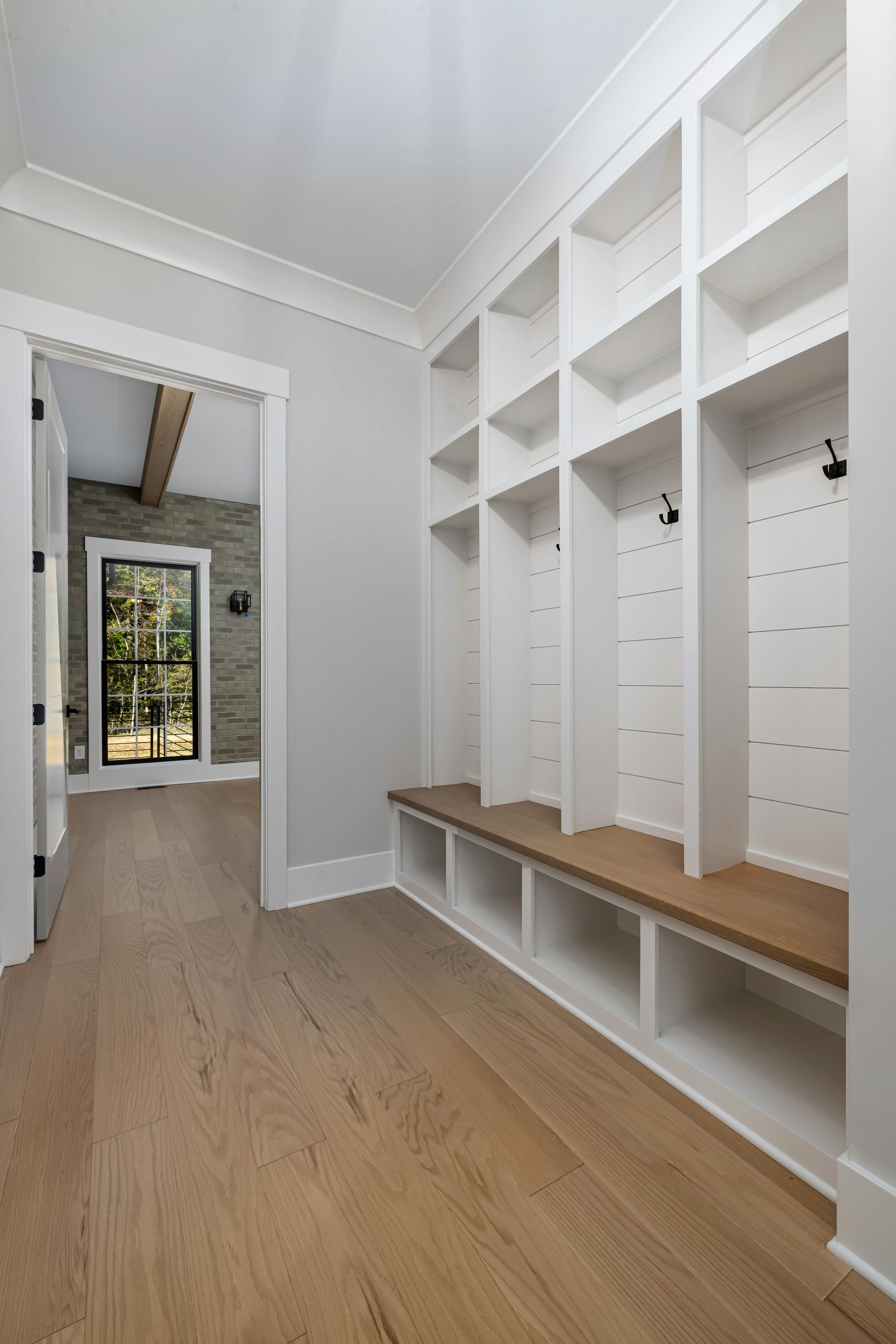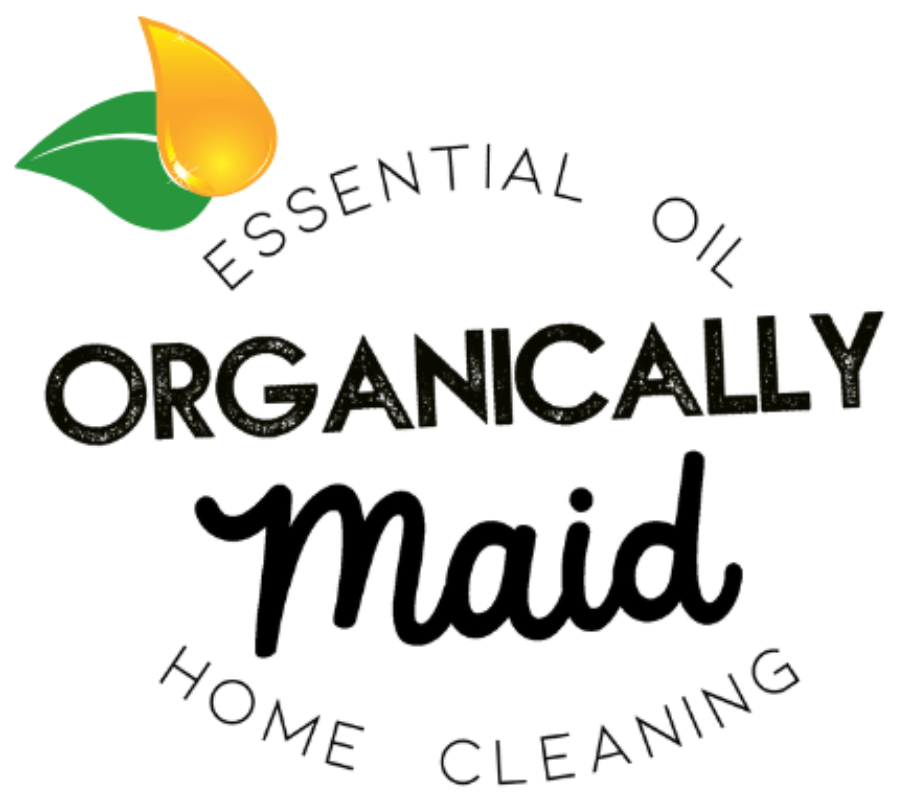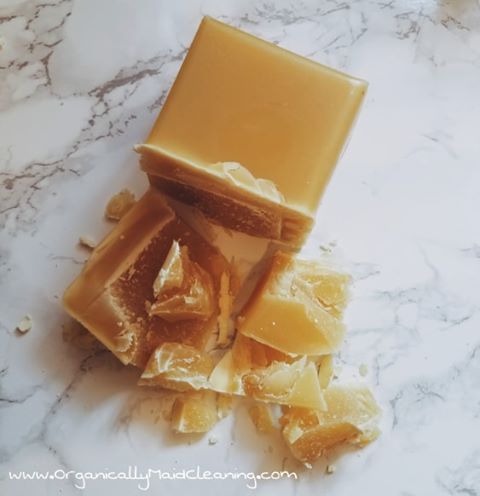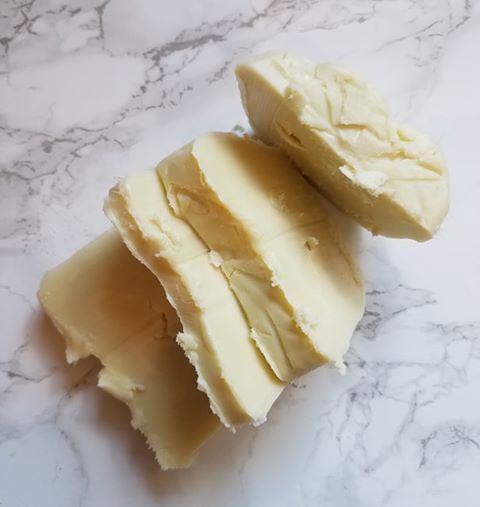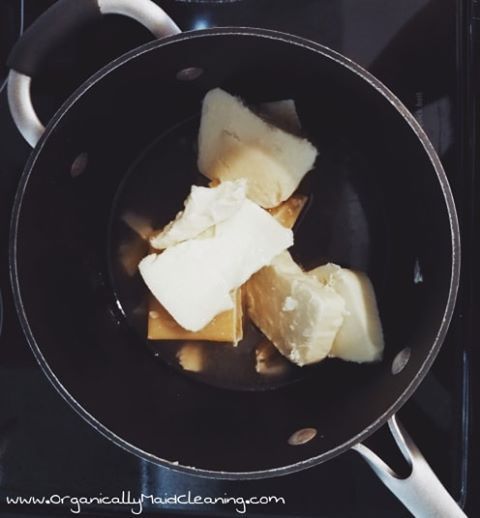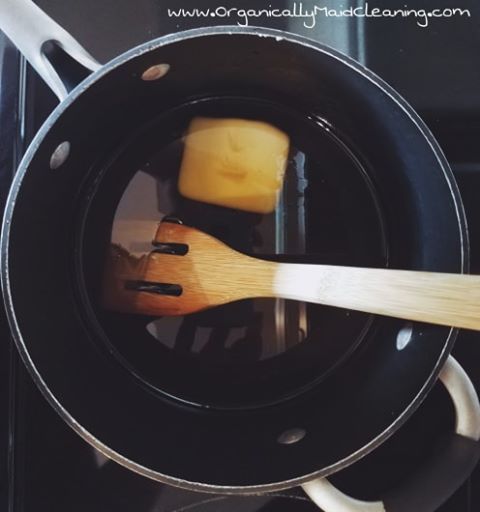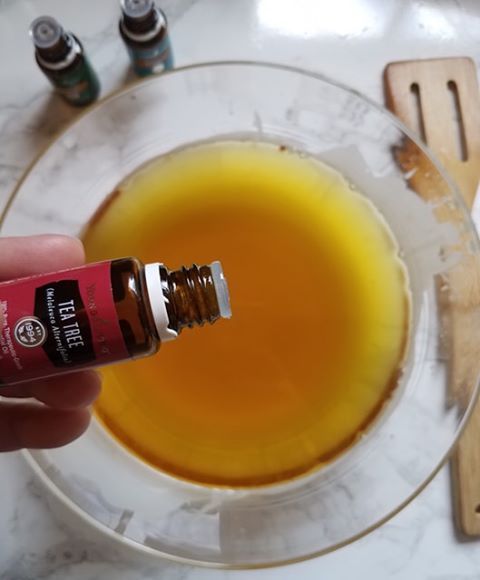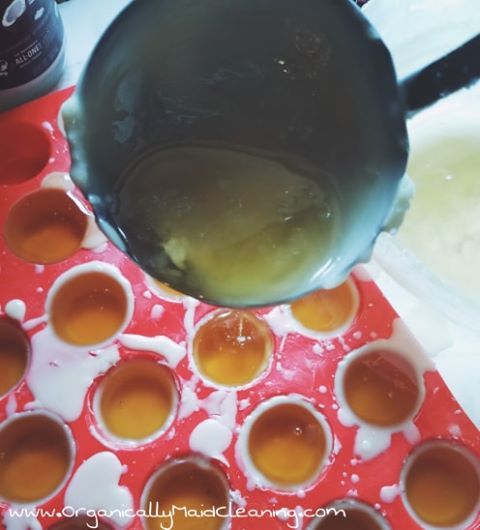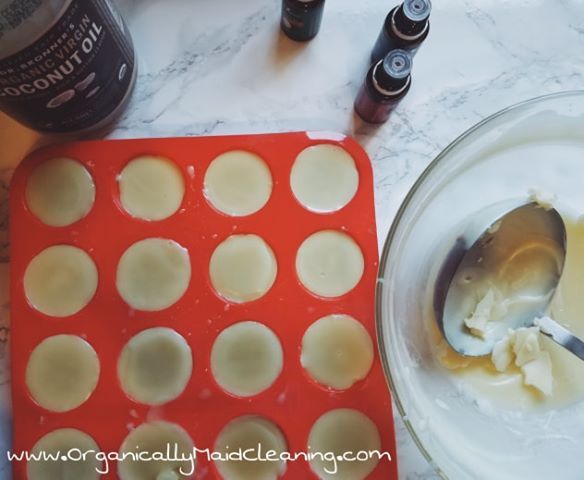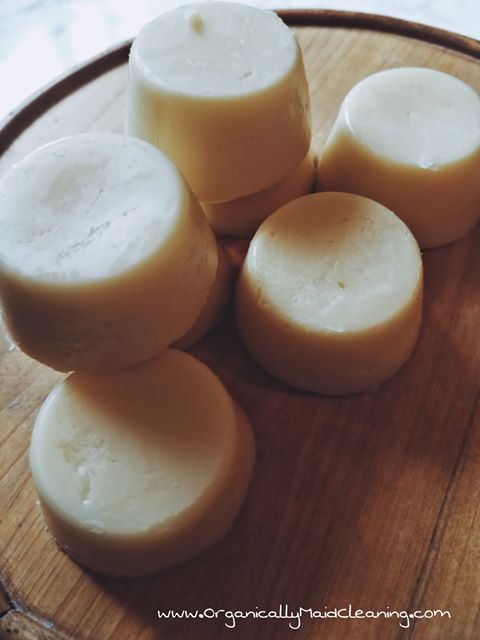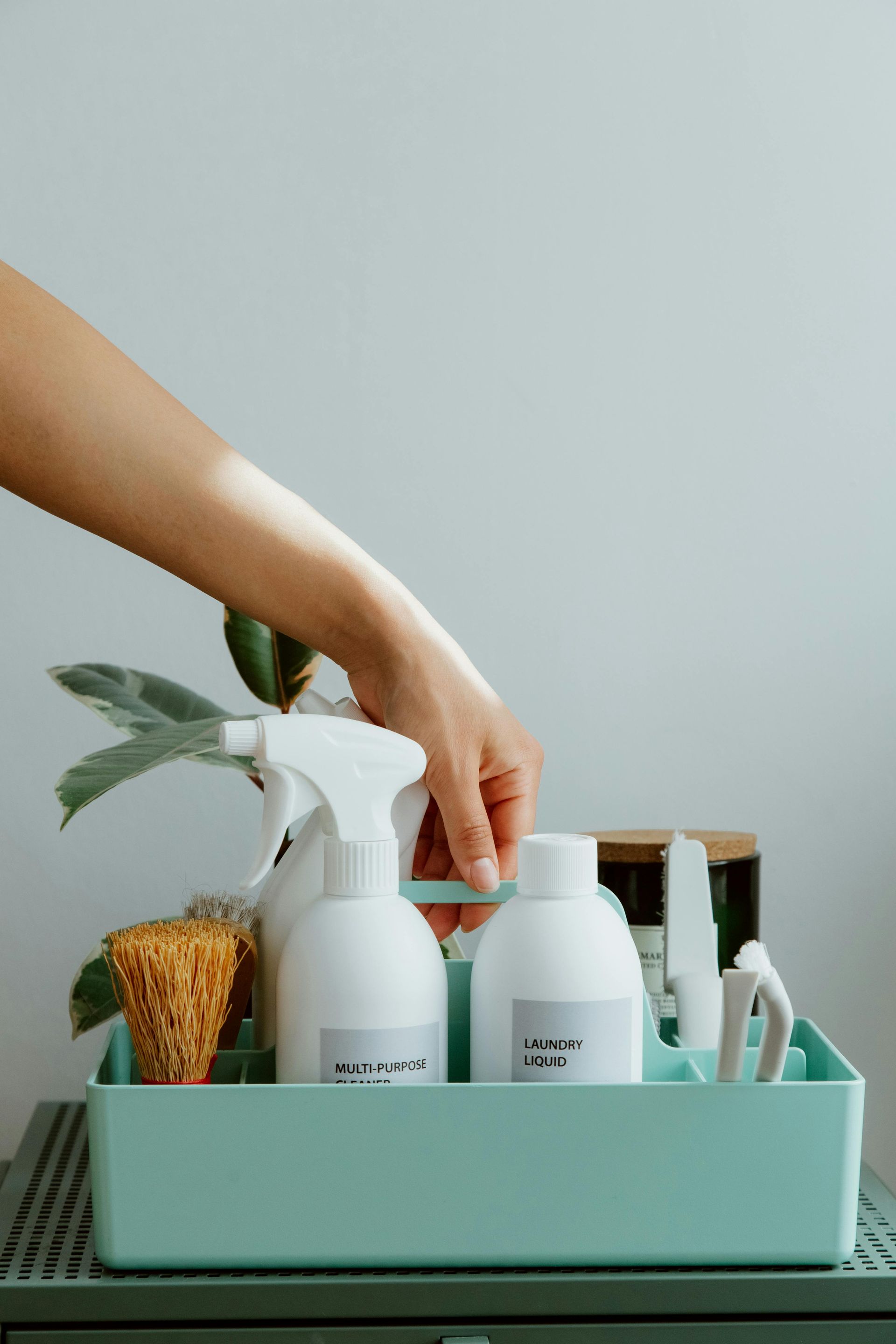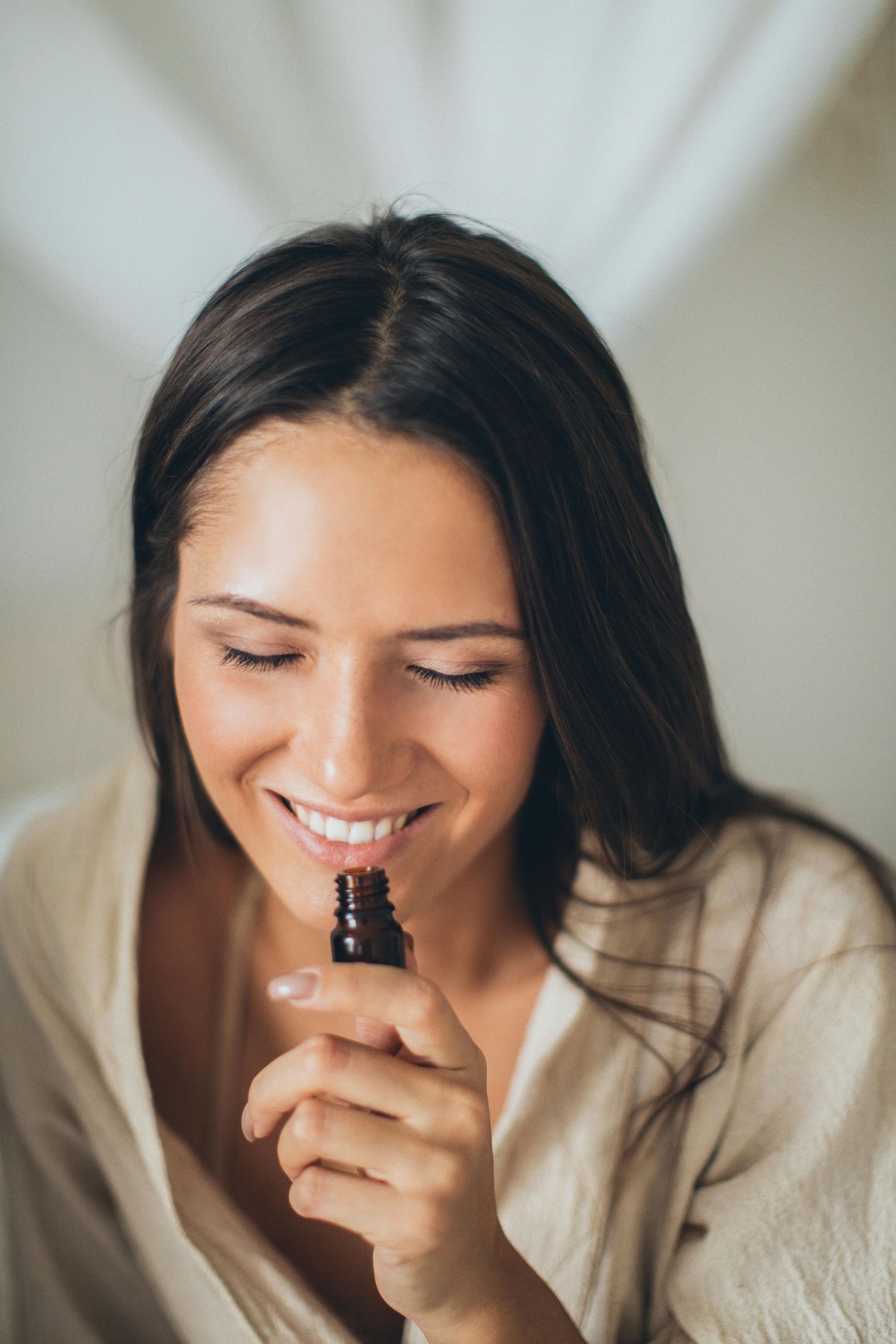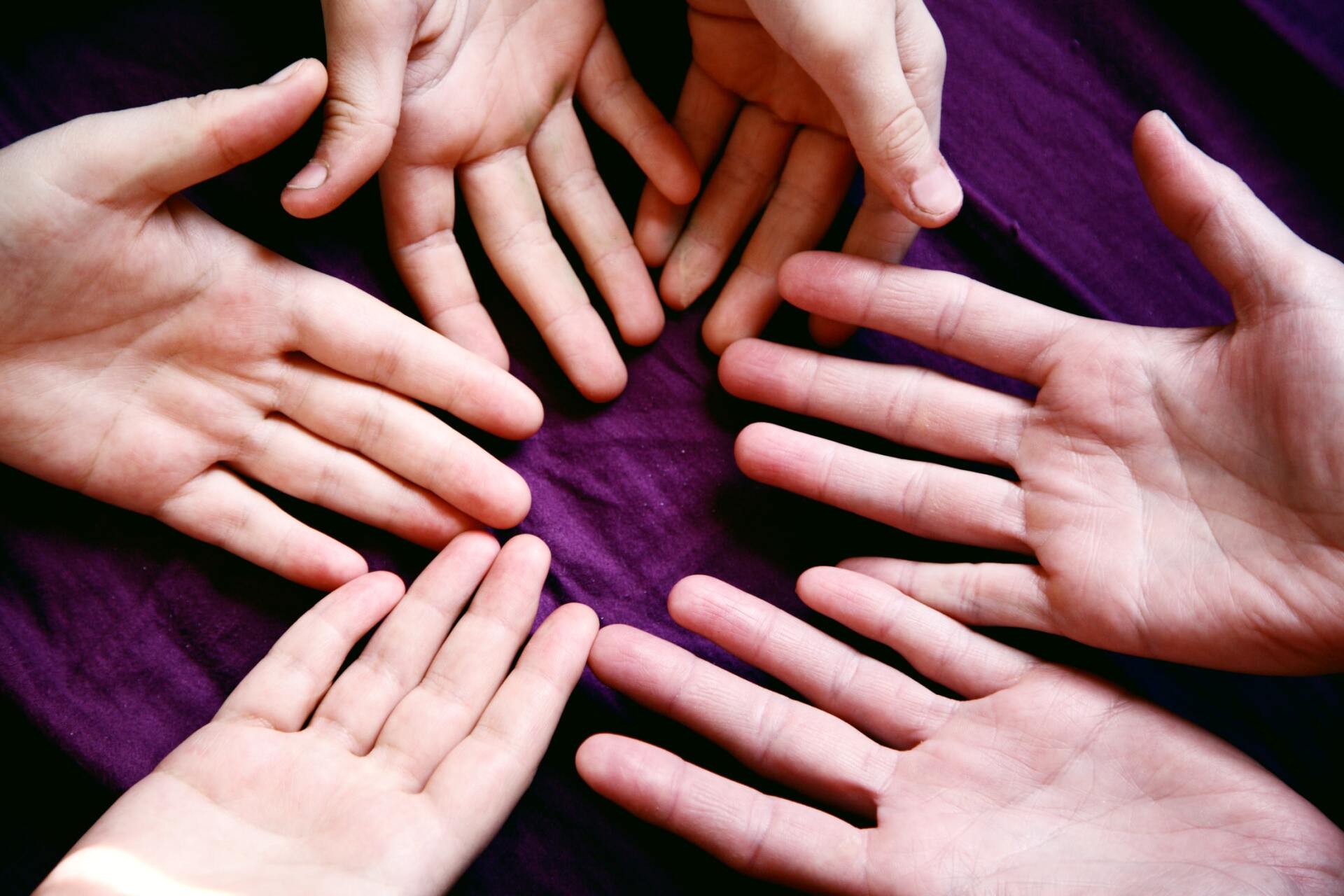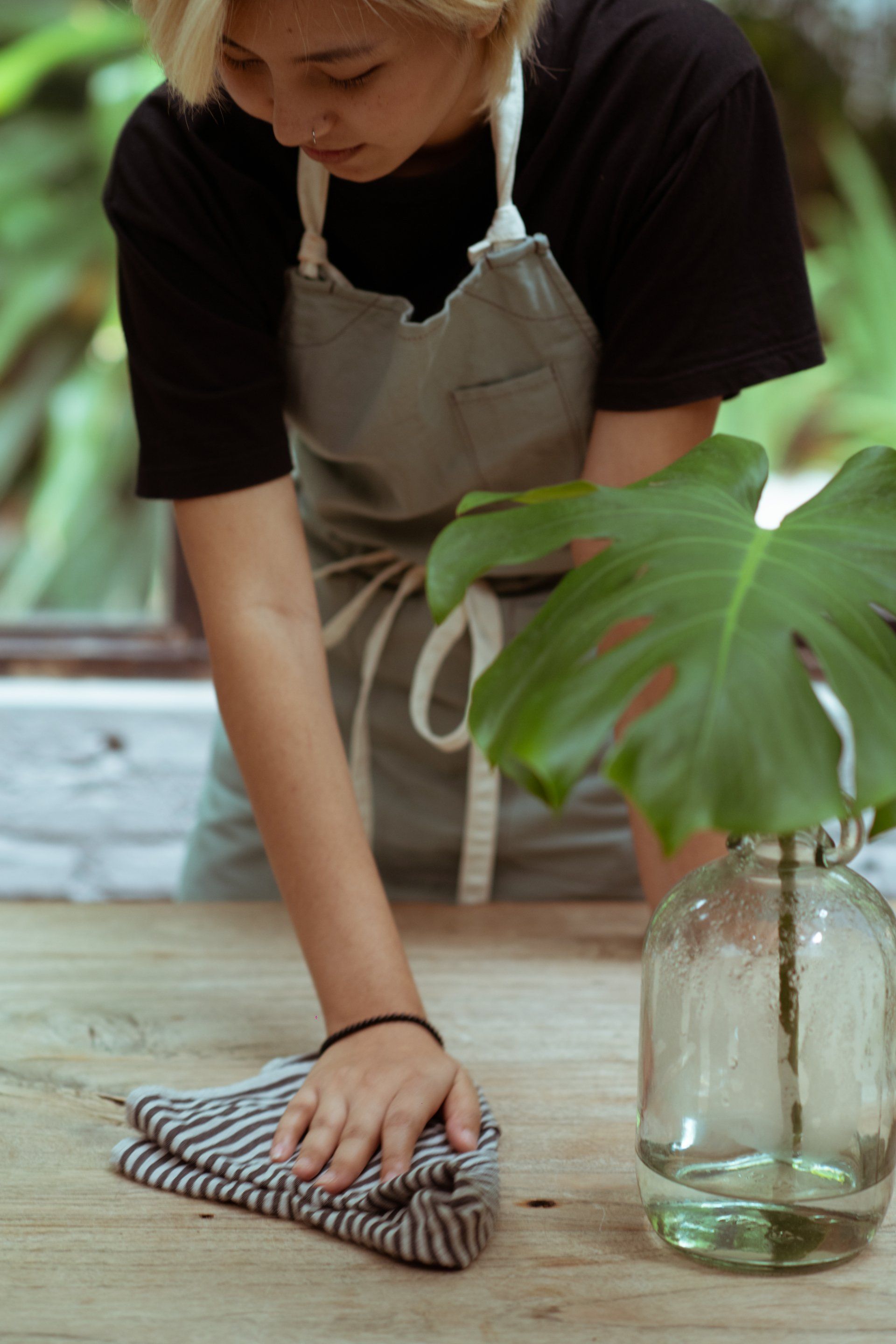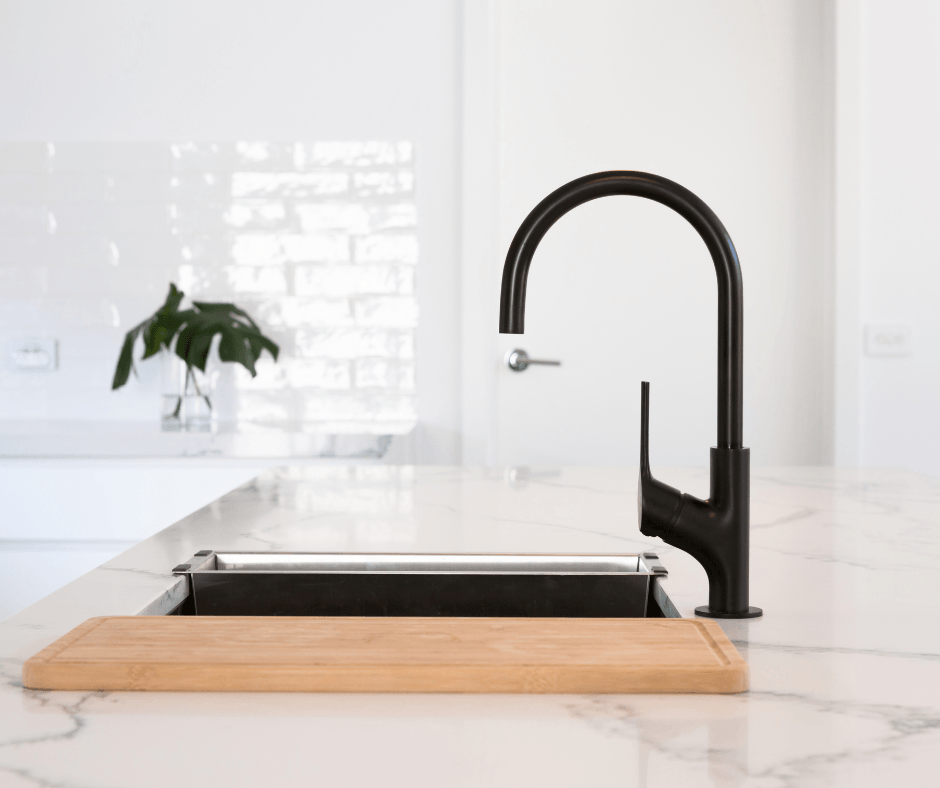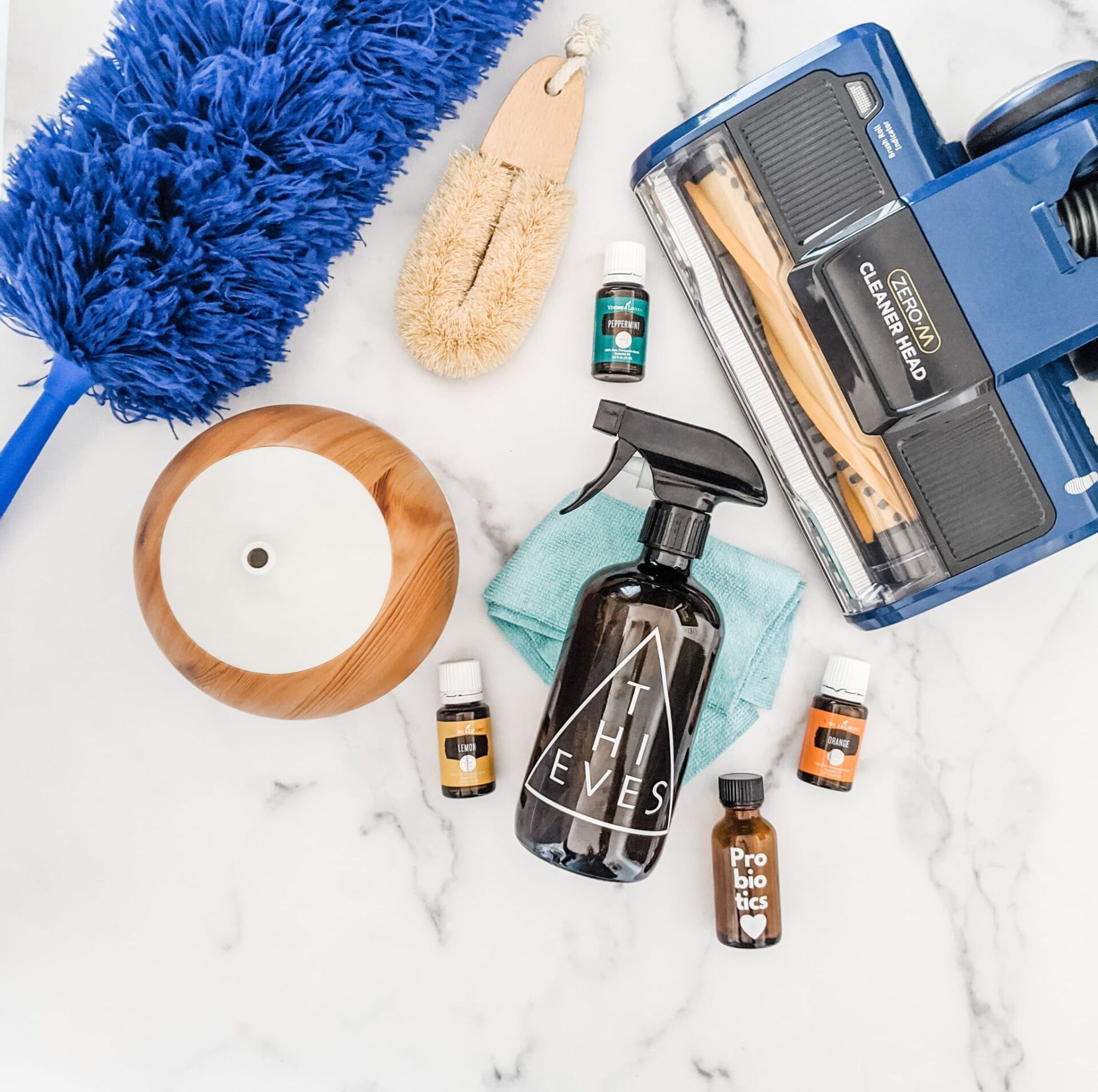DIY Organic Bug Repellent
ALL NATURAL LOTION BARS

INGREDIENTS:
- 1 cup coconut oil
- 1 cup organic shea butter
- 1 cup beeswax (I chose organic Texas beeswax)
- 20 drops Tea Tree
- 20 drops Rosemary
- 20 drops Eucalyptus
- Silicone molds (so many shapes you can make. Have fun with this!)
INSTRUCTIONS
1. Cut oils, butter, and beeswax.
Organic beeswax (pictured below) is hard so be careful when cutting! Should have a darker color and smell like honey.
Shea butter (below) is super soft and cuts like butter. Should be a bit sticky with a light yellowish white color.
Measure out the coconut oil. I went with Dr Bronner's because I trust the brand. Color should be a cloudy clear.
2. Melt all ingredients (except essential oils) in large pot over low heat. Think of this like melting chocolate. Constantly be stirring so it doesn't burn.
This process takes about 10 minutes so hang in there!
3. Once all melted, pour into heat safe bowl. Add essential oils. You may need to adjust the ratios of oils. I actually doubled the original recipe and I probably couldve added more. TIP: If you cant smell the oils, that means there isn't enough in there. Add til you can smell it over the beeswax.
4. Pour into silicone molds. I used a soup ladle. WARNING: This dries fast! Also its a bit messy (as seen below ha!), so if you over pour, just get your hair dryer out and heat up the areas. This will allow you to push the wax mixture into the molds.
5. Once you correct all the over pours and spills, let cool.
6. Silicone is so perfect for this project as it allows you to just pop out the lotion bars extremely easily. I had zero sticking.
Rub all over your skin when heading outdoors and enjoy super soft skin and bug bite free evenings!
TIP: These bars can be a little oily so I keep them in a mason jar in my fridge to keep them firm.
TIP: Do NOT rinse your bowls in the sink. The butter and oils will clog up your sink like something fierce! During clean up, I heated up the bowl and ladle and then just wiped with paper towels as much as possible. Very little was left behind. Then I cleaned the dishes in sink with my all natural dish soap (check the blog for this recipe) and ran super hot water down the drain for 10 minutes to ensure any oil remnants are washed down.
For more DIY recipes or to book a natural cleaning, click here!
Blog
